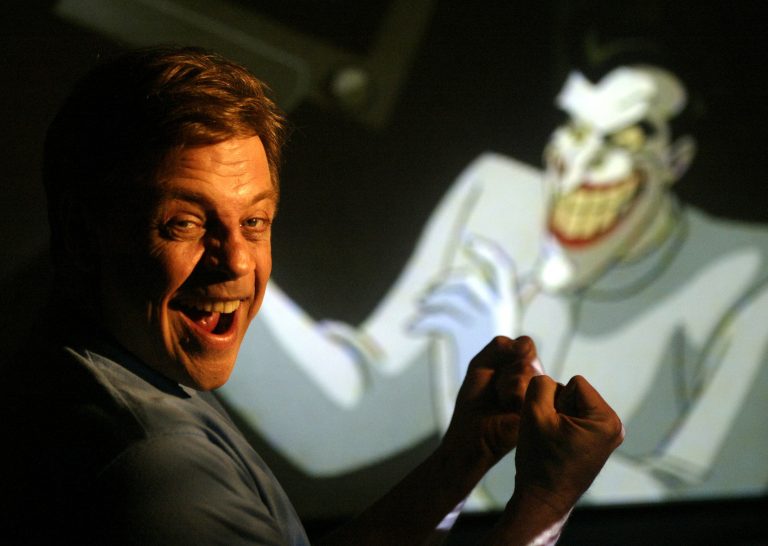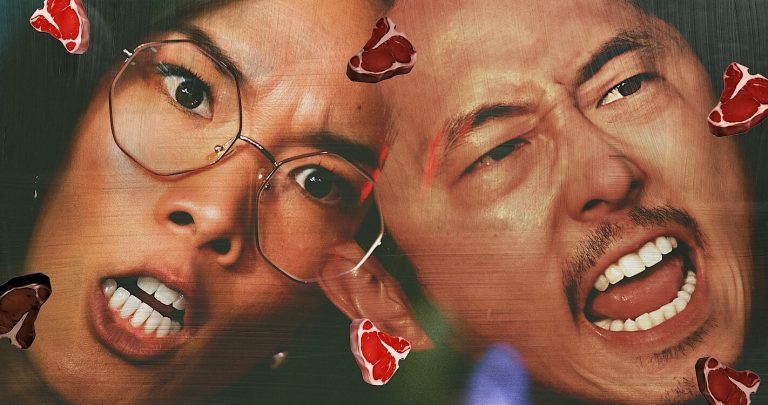Casinos have long held a grip on the collective imagination, often serving as a backdrop for tales of risk, reward, and the human condition. In modern cinema, these establishments are more than mere settings—they are a canvas upon which filmmakers project the most compelling aspects of human nature. The allure of chance and the enigma of fate are embodied within their walls.
They are places where fortunes can be made or lost in the blink of an eye, where every decision could be the difference between ruin and rapture. But what is it about casinos that continues to captivate audiences and storytellers alike?
Casinos as a narrative device
With their inherent drama and tension, casinos provide fertile ground for storytellers. On screen, they often stand as a symbol of the high stakes that life can present. A character’s journey through the casino can mirror their personal journey, with each game of chance representing a pivotal moment in their narrative.
The vibrant atmosphere, the clatter of chips, and the spin of the roulette wheel all contribute to a heightened sense of urgency and suspense that is hard to replicate in other settings. How does the casino’s charged environment serve to amplify the drama of a story?
The evolution of casino aesthetics in film
The visual representation of casinos in films has evolved significantly over the years. Initially depicted as smoky back rooms filled with shady characters, modern portrayals have transitioned to showcasing casinos as luxurious and sophisticated venues. This transformation reflects changes in societal attitudes towards gambling and luxury. The design elements within these cinematic spaces—from the opulent chandeliers to the meticulously crafted gaming tables—contribute to the narrative by setting the tone and atmosphere.
The evolution of these aesthetics also mirrors the advancements in film technology, allowing for more elaborate and realistic depictions of these environments. How do these visual elements enhance the storytelling and audience experience?
The role of sound design in casino scenes
Sound design plays a critical role in bringing casino scenes to life. The cacophony of slot machines, the crisp sound of cards being shuffled, and the murmur of excited crowds create an immersive auditory experience for the viewer. These sounds are not merely background noise; they are carefully crafted to evoke specific emotions and reactions from the audience.
For instance, the sound of coins pouring out of a slot machine might symbolize a character’s sudden windfall, while the quiet flipping of poker cards could build tension during a high-stakes game. The strategic use of sound in these scenes can elevate the drama and intensity of the narrative. But what techniques do sound designers use to achieve this effect?
The roulette of fortune: how casinos shape film characters
Within the walls of a casino, film characters often find themselves at a crossroads. The risks they take at the tables can be a metaphor for the risks they take in life. As they navigate through games of poker, blackjack, or roulette, their true natures are revealed. The casino can be a crucible for character development, where protagonists and antagonists alike are forged by the decisions they make under pressure. The stakes are high, the outcomes uncertain, and it is here that characters are often pushed to their limits. But beyond the tension and the high stakes, how do these settings contribute to the growth and evolution of a character?
Cinematic impact: casinos in the lens of pop culture
The portrayal of casinos in film has had a profound impact on popular culture. The glitz and glamour depicted on screen often influence fashion trends, inspire music, and infiltrate everyday language. The concept of “betting it all” or “hitting the jackpot” has permeated the public consciousness, becoming synonymous with achieving success against the odds.
These portrayals also shape public perceptions of what constitutes the ‘American Dream’—the idea that anyone, regardless of their background, can achieve success through luck and perseverance. But how deep does the influence of casino portrayals really go in shaping our understanding of success and fortune?
Behind the scenes: the realism of casino films
The authenticity of casino portrayals in cinema is a testament to the meticulous research and dedication of filmmakers. Many go to great lengths to ensure that the gambling culture is represented accurately, from the intricacies of the games to the operations of the casinos themselves. Consultations with industry experts and visits to actual casinos are often part of the filmmaking process. The result is a portrayal that resonates with those familiar with the environment, while also educating and entertaining those who are not. But what does it take to create such a realistic representation of the casino experience on screen?
Reflecting on the casino’s cinematic journey
As the credits roll on our exploration of casinos in film, it’s clear that these settings are more than just backdrops—they are characters in their own right, shaping and reflecting the narratives they inhabit. The casino’s role in cinema is a testament to its enduring power as a symbol of life’s unpredictability and the human spirit’s resilience.
From the bright lights of Las Vegas to the high-stakes drama of Monte Carlo, the casino remains a potent element of storytelling, inviting us to consider the role of chance in our own lives.







